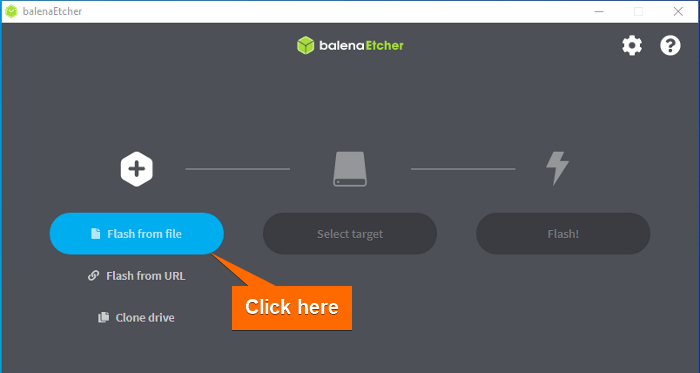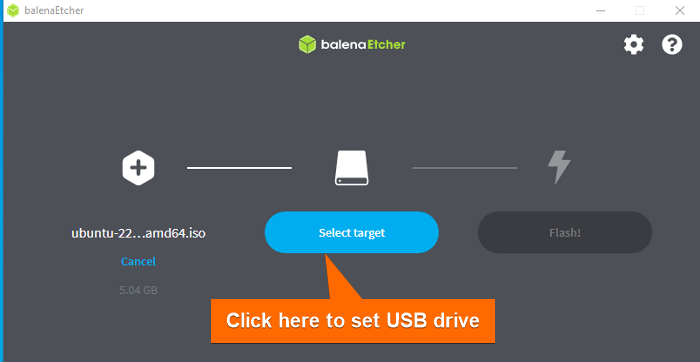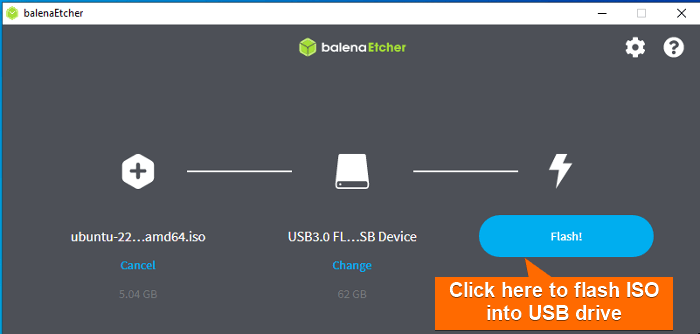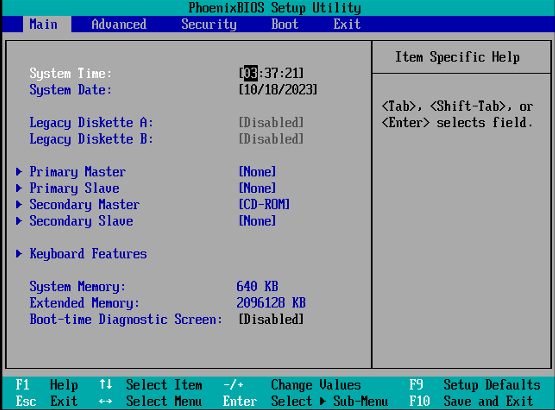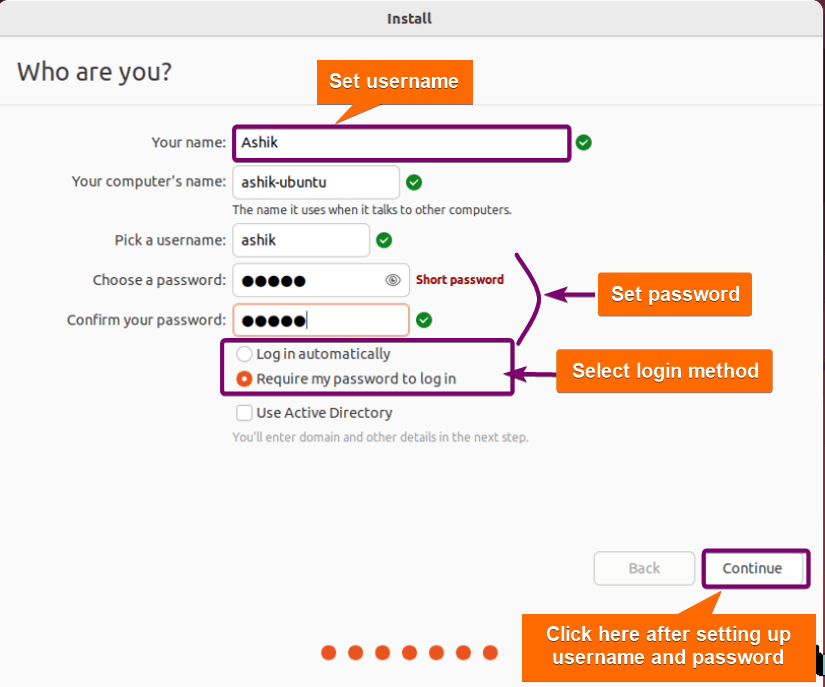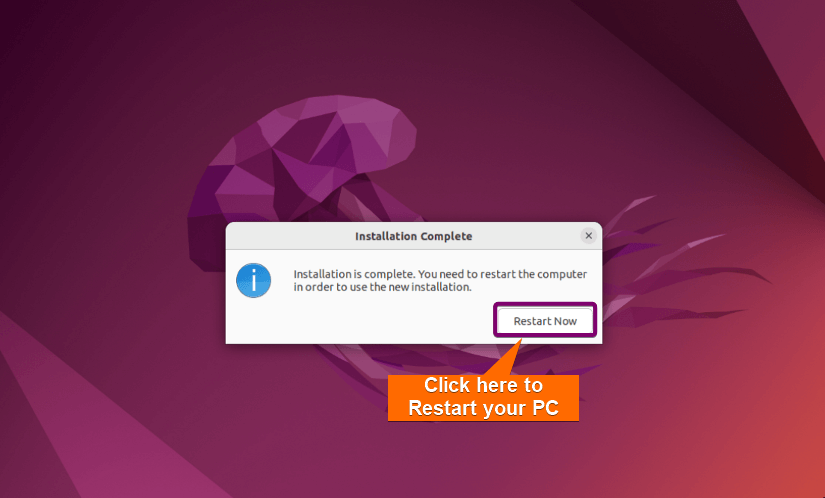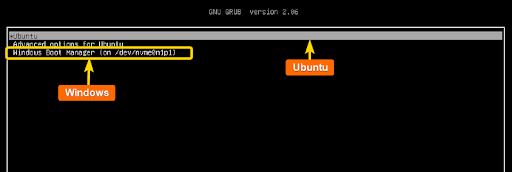FUNDAMENTALS A Complete Guide for Beginners

Dual boot installation on a system involves setting up two separate operating systems on a single computer. However, setting up a dual boot system typically involves partitioning the hard drive, allocating space for each operating system, and then installing each OS separately. Users can choose which OS to boot into by selecting it from a menu that appears during the computer’s startup process.
This setup provides some benefits. It enables users to:
- Use Different Operating Systems: Users can utilize software or applications that are specific to one OS while still having access to programs exclusive to the other OS.
- Test and Experiment: Developers, for instance, might use dual booting to test software compatibility across different operating systems without needing separate machines.
- Maintain Separation: Keep personal and work environments separate or maintain different environments for different purposes.
What is Dual Boot?
Dual booting refers to the process of installing and running two separate operating systems (OS) on a single computer. This setup allows users to choose between the two operating systems when starting up their computer. Essentially, it’s like having two different systems on the same machine. For instance, someone might want to have both Windows and Linux installed on their computer. With a dual boot configuration, they can select whether they want to boot into Windows or Linux each time they start their computer.
Prerequisites for Dual Boot Installation
Preparing for a dual boot installation involves several crucial steps to ensure a smooth and successful setup. Make sure to be prepared with the following:
Hardware Requirements
- RAM: 4 GB or above.
- Free storage: 20 GB or above.
- USB drive: 8 GB or above.
Back-Up Your Data
Before making any changes to your system, back up all important files and data. Additionally, make sure the flash drives are empty or contain data you don’t care about losing.
Create a Bootable USB Drive
After backing up data, download the ISO file of the second operating system from their official site. Then, to create a bootable USB drive of the ISO file, use “Etcher”, which is a free and open-source application. First, Install Etcher on Windows or MacOS. After installing, follow the steps:
- Open Etcher and select “Flash from File”.
- Select the ISO file from the directory you’ve downloaded it.
- Pug in your USB pen drive to the PC and click on “Select target”.
- Select your USB drive from the list shown.
- Finally, click on Flash to start flashing the ISO file into the USB drive.
Dual Boot Installation Steps
Dual boot installation typically involves configuring the boot loader, partitioning the hard drive, allocating space for each operating system, and then installing the second OS separately. Irrespective of the OS you want to install as a dual boot, the below steps are common.
1. Configuring Boot Loader
To boot the OS from the USB drive, at first plug the bootable USB drive into the PC where you want to install it. Then, restart the PC. It will automatically launch the boot window.
To launch the setup window manually, restart your PC and press the BIOS key according to your device. F12 is the most common BIOS key, but ESC, F2, and F10 are alternatives for some devices. For macOS, hold down the COMMAND(⌘) + R or OPTION (⌥) key immediately after turning the screen on.
Use the RIGHT arrow key to navigate to “Boot”. Check if the Boot serial looks as below: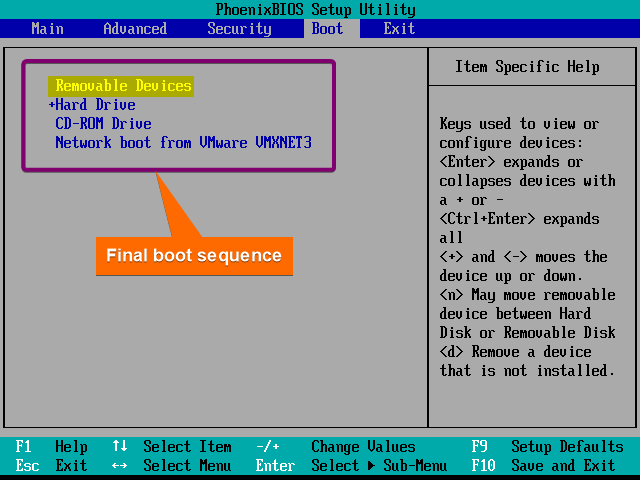
At this stage, a confirmation prompt will appear. Select “Yes” and press ENTER here.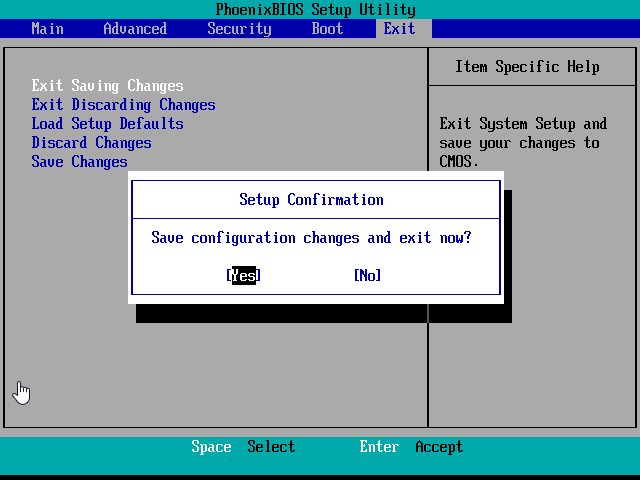
2. Installing the Second Operating System
The installation steps vary depending on the OS. But the basic flow of the installation is the same for all. You just have to follow the installation wizard. Let’s say you are installing Ubuntu as a dual boot. Click on “Install Ubuntu”.
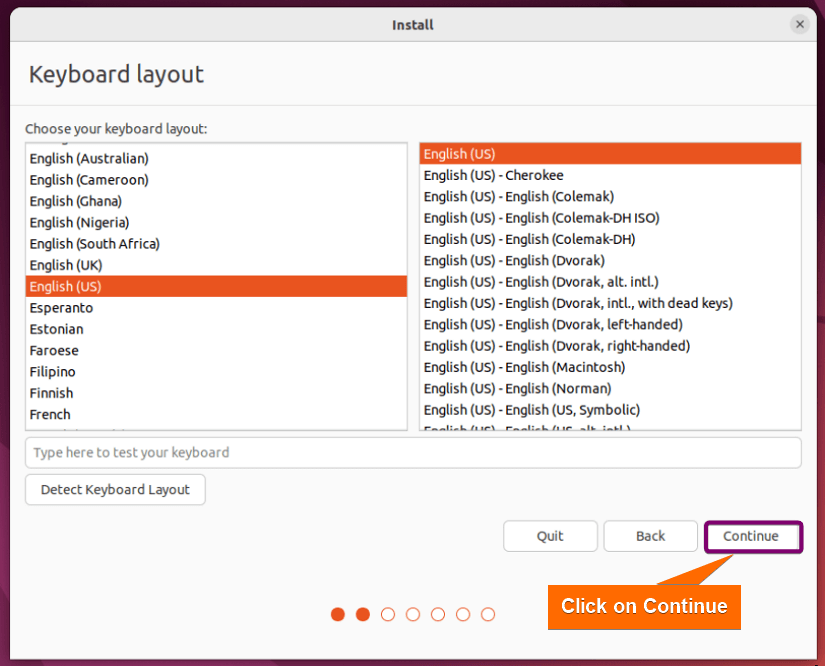
3. Partitioning Hard Drive
At this point, select the alongside installation option that will create a separate partition alongside the primary operating system.

From now on, you can see both operating systems and choose one every time you turn on the PC.
Common Problems and Solutions of Dual Boot Installation
It’s very common to arise installation issues during dual-booting. Here are some common problems and their solutions:
Error 1: Bootloader Doesn’t Show the Option to Choose the Second OS
Solution:
- Use a boot repair tool like Boot-Repair for Linux or Windows Boot Manager to fix boot loader issues.
- Reinstall or repair the bootloader associated with the primary OS.
Error 2: Partitioning Errors/Incorrect Allocation of Space
Solution:
- Use disk management tools to check and adjust partitions before installation.
- Reallocate partition sizes or recreate partitions for proper space allocation.
- Use live CDs or USBs with partitioning tools to resize or modify partitions without losing data.
Error 3: Booting Errors to Recognize Installed Operating Systems
Solution:
- Verify that your system’s UEFI/BIOS settings are configured to allow dual booting.
- Set the correct boot priority order in BIOS/UEFI to recognize both operating systems.
Error 4: Hardware (Wi-Fi, Sound) Doesn’t Work in One OS
Solution:
- Install compatible drivers for each OS. Look for drivers specifically designed for the OS version and architecture.
- Check manufacturer websites for updated drivers that support both operating systems.
Conclusion
Dual boot installation requires attention to detail and careful execution. Proceeding cautiously and following specific installation guides for your chosen operating systems is crucial to a successful setup. Always back up crucial data before making changes to partitions or operating systems. Moreover, keep records of the steps you’ve taken, including any error messages encountered, for easier troubleshooting.
People Also Ask
Is dual boot a good option?
Dual boot is a very good option if you need to use software that is only available on a specific operating system or if you want to test new operating systems without affecting your current installation. It provides better performance than virtual machines.
How to setup BIOS for dual boot?
Setting up BIOS for dual boot can vary depending on the computer’s manufacturer and the operating systems you want to install. However, here are some general steps that you can follow:
- Access BIOS: Restart your computer and press the key that takes you to the BIOS setup utility. The key to access BIOS varies depending on the manufacturer. Common keys include F2, F10, F12, and Del.
- Change boot order: Once you’re in the BIOS setup utility, navigate to the Boot tab and change the boot order to boot from the USB drive first. Save the changes and exit the BIOS setup utility.
Then restart your computer and boot from the USB drive.
Can I dual boot Windows 10 & Linux?
Yes, you can dual boot Windows 10 and Linux. The general steps are as follows:
- Backup your data.
- Create a bootable USB drive.
- Restart your computer and press the BIOS key (common keys include F2, F10, F12, and Del).
- Change the boot order to boot from the USB drive first. Save the changes and exit the BIOS setup utility.
- Restart your computer and boot from the USB drive. Follow the installation instructions to install the Linux distribution.
- During the installation process, you will be prompted to choose the partition where you want to install the dual boot OS.
How much space do I need for a dual boot?
As a general recommendation, you should allocate at least 20 GB of space for your dual boot system. However, the exact amount of space you need will depend on the operating systems you want to install and how much space you want to allocate to each operating system. For example, if you want to install Windows 10 and Ubuntu, you will need to allocate at least 30 GB of space for Windows 10 and 15 GB of space for Ubuntu.
Which OS to install first for dual boot?
It is generally recommended to install Windows first and then install Linux. When you install Windows after Linux, Windows will overwrite the whole disk and install its bootloader, overwriting GRUB. This can cause issues with booting into Linux. Therefore, it’s best to install Windows first and then install Linux on a separate partition
Is dual boot stable?
The stability of a dual boot setup depends on various factors, including the operating systems involved, hardware compatibility, installation method, and maintenance. However, dual booting can lead to performance issues such as slow boot times and reduced system performance. But if you follow the installation instructions carefully there is almost no chance of instability.
Does dual boot reduce RAM?
No, dual booting does not reduce RAM. When dual booting, only one operating system runs at a time, and it has full access to the system RAM when it is booted up. The active operating system consumes RAM and CPU, while the other operating system is entirely inactive and does not use any CPU or RAM. The only resource the inactive operating system uses is a separate hard disk space.
Does dual boot affect battery?
No, dual booting does not affect battery life. The number of operating systems present in a computer has nothing to do with the battery lifespan. Even if you have multiple operating systems, only one can run at a time. Therefore, the battery would work the same way it does in a single-boot computer.
Related Articles
- What is Dual Boot? [Why & How]
- How to Dual Boot Ubuntu and Windows 10 [Simple Guide]
- Dual Boot Windows and Ubuntu [On Separate Hard Drives]
- How to Dual Boot Windows 11 and Ubuntu? [Easy Way]
- How to Dual Boot Windows 10 and Linux Mint [Easiest Method]
- How to Dual Boot Windows 10 and Kali Linux [Simplest Method]
- Install Ubuntu on Mac [Dual Boot]
- Install Linux Mint on Mac [Dual Boot]
- How to Install Kali Linux on Mac [Dual Boot]
<< Go Back to Linux OS Installation Guide | Learn Linux Basics
